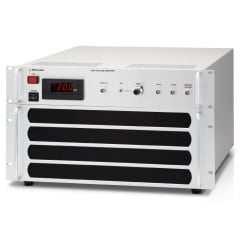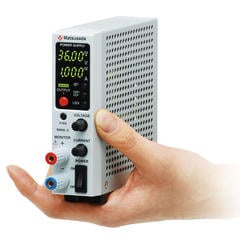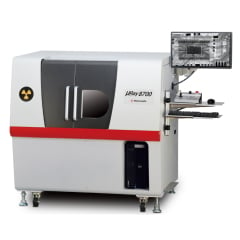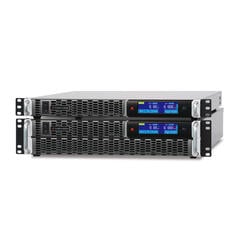Aluminum Electrolytic Capacitor
Aluminum electrolytic capacitors use a thin oxide film, formed on an aluminum anode through electrolysis, as the dielectric. Aluminum is used as the anode metal. Since dielectric films can be made thin, they have dominated the mainstream of large-capacity capacitors. However, there are a few disadvantages, such as poor frequency and temperature characteristics, leakage current, and large dielectric loss.
Tantalum Capacitor
These electrolytic type capacitors use tantalum for the anode.
Compared to aluminum electrolytic capacitors, they have excellent leakage current, frequency, and temperature characteristics.
Electric Double Layer Capacitor
These capacitors use an organic electrolytic solution and also an electric double layer formed on the surface of an activated carbon electrode as a dielectric. They have a capacitance thousands of times greater than aluminum electrolytic capacitors and offer a very long cycle life, without the strict charge/discharge cycle limitations of batteries.
Ceramic Capacitor
These capacitors, which use ceramics as a dielectric, are roughly divided into three types depending on the type of ceramics used: a low dielectric constant type, a high dielectric constant type, and a semiconductor type. One property of ceramic capacitors is that the capacity changes as the voltage is applied. This property appears more prominently with a larger dielectric constant.
Film Capacitor
Polyester, polypropylene, or other plastic films are sandwiched between electrode foils and typically wound into a cylindrical shape. These capacitors are nonpolar, with high insulation resistance and low dielectric loss. In addition, they also have good frequency and temperature characteristics.
Mica Capacitor
These capacitors use mica, a highly stable natural mineral, as the dielectric. Although mica capacitors have excellent characteristics such as insulation resistance, dielectric loss tangent, frequency, and temperature characteristics, a disadvantage is that they are expensive.
Related Technical Articles
Recommended products
Matsusada Precision's DC power supplies, high voltage power supplies, and X-ray inspection systems provide the best solutions for capacitor and circuit testing applications worldwide.







